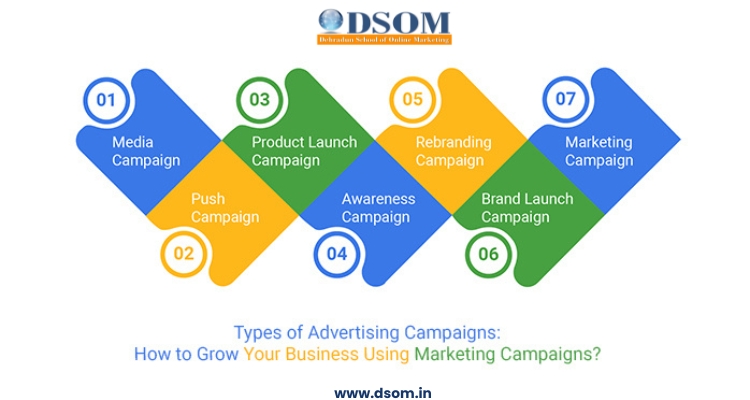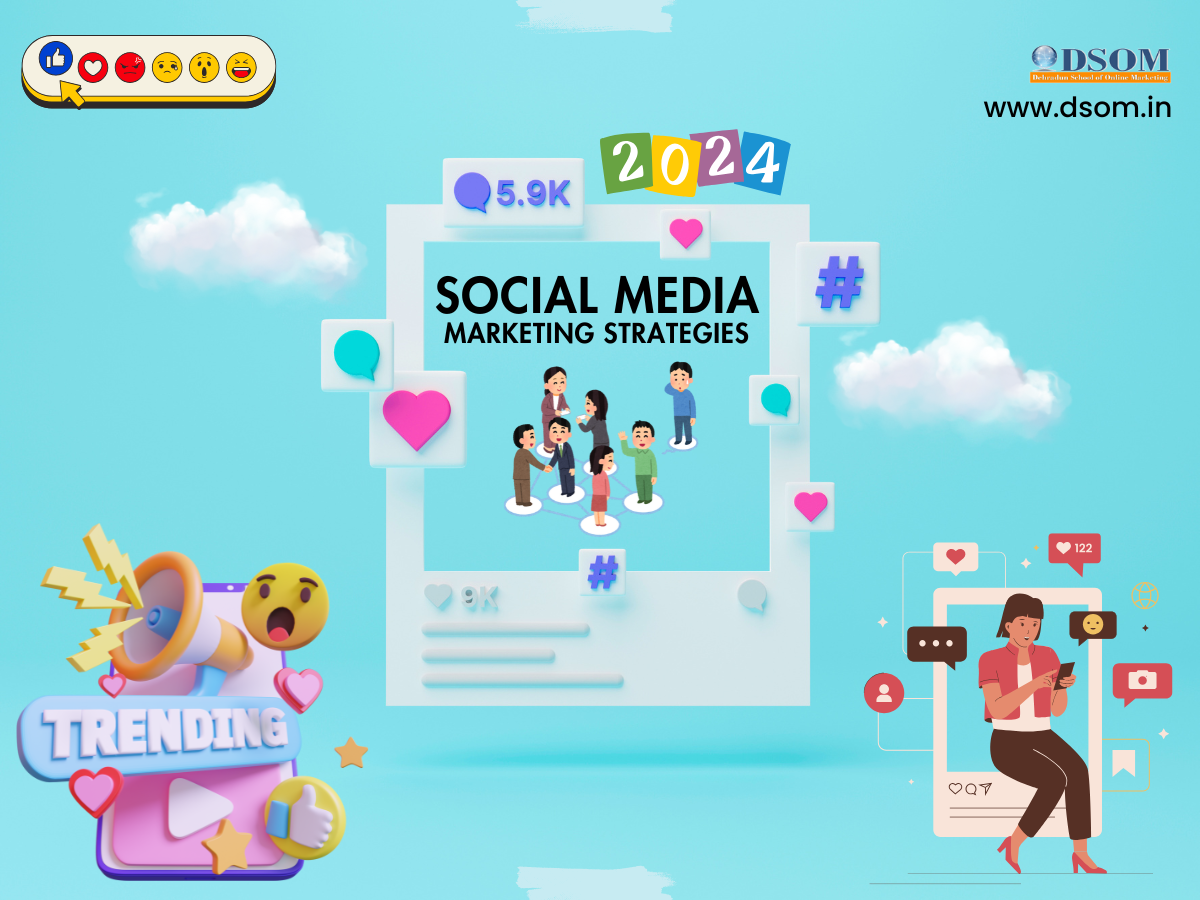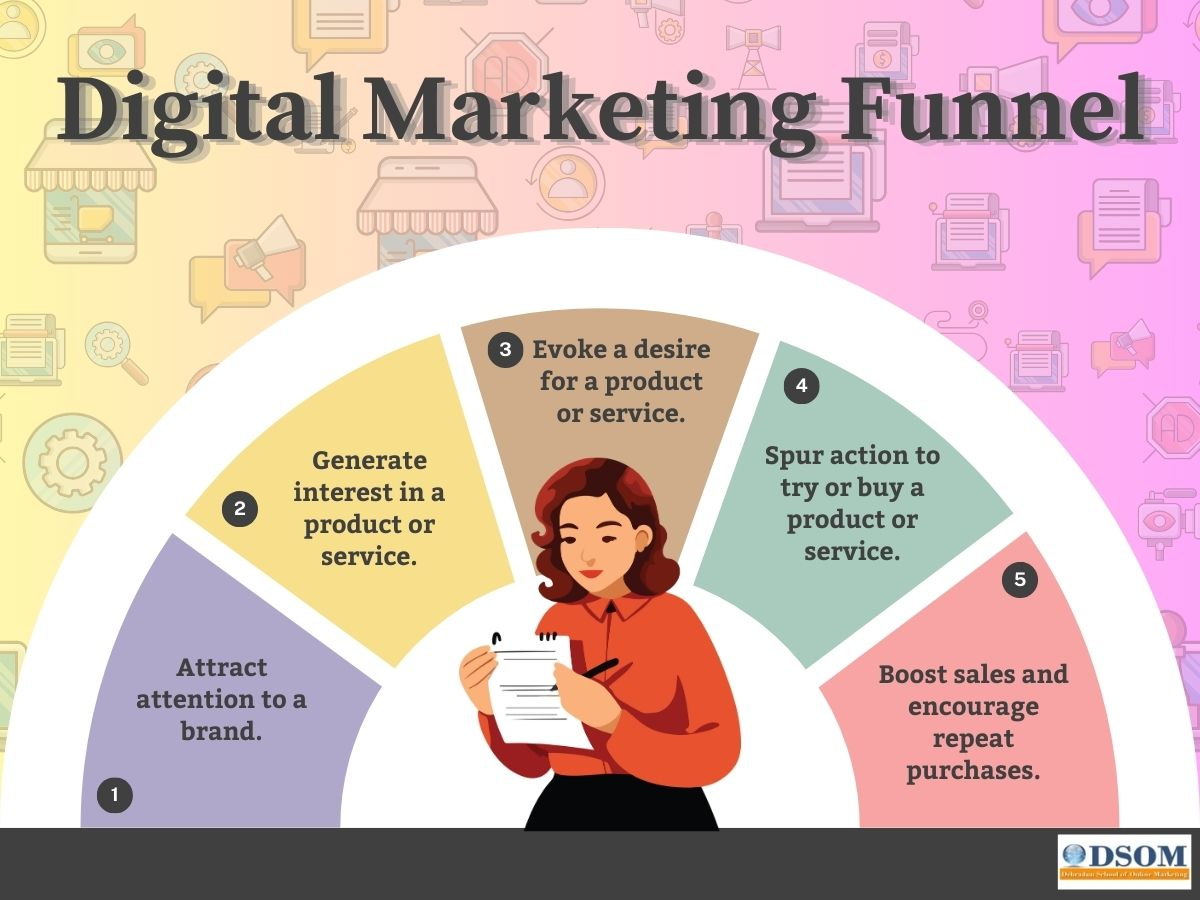In today's world, attracting visitors to your website is only half the battle. The real challenge lies in retaining those visitors and converting them into loyal customers. One effective strategy to achieve this is through retargeting ads. In this article, we will dive into the world of retargeting ads and explore how they can help you re-engage with lost visitors and ultimately boost your business.
Introduction
In the highly competitive online marketplace, businesses often struggle to retain visitors who visit their websites but leave without making a purchase or taking any desired actions. This is where retargeting ads come into play. Retargeting, also known as remarketing, is a powerful advertising strategy that allows you to re-engage with users who have previously visited your website.
Understanding Retargeting Ads
2.1 What are Retargeting Ads?
Retargeting ads are a form of online advertising that targets individuals who have already interacted with your website or app. These ads are strategically designed to remind visitors about your products or services, encouraging them to return and complete a desired action, such as making a purchase or filling out a contact form.
2.2 How do Retargeting Ads Work?
Retargeting works by placing a small piece of code (known as a pixel) on your website, which tracks the behavior of visitors. When a visitor leaves your site without converting, the pixel triggers retargeting ads to display to that individual as they browse other websites or social media platforms. This gentle nudge serves as a reminder of your brand and encourages them to return.

Benefits of Retargeting Ads
3.1 Increasing Conversion Rates
One of the primary benefits of retargeting ads is their ability to significantly increase conversion rates. By reconnecting with visitors who have shown interest in your products or services, you have a higher chance of turning them into paying customers.
3.2 Enhancing Brand Awareness
Retargeting ads also play a crucial role in reinforcing your brand's presence. The more a visitor sees your brand across various platforms, the more likely they are to remember and trust it, ultimately leading to increased brand loyalty.
3.3 Targeted Advertising
Unlike traditional advertising methods, retargeting allows you to target specific individuals who have already demonstrated an interest in your offerings. This level of targeting ensures that your ad budget is spent on those most likely to convert.

Creating an Effective Retargeting Campaign
4.1 Define Your Goals
Before launching a retargeting campaign, it's essential to define your objectives. Are you aiming to boost sales, generate leads, or increase brand awareness? Understanding your goals will help shape your campaign strategy.
4.2 Identify Your Audience
Segmenting your audience based on their behavior and interests is key to a successful retargeting campaign. Tailor your ad content to different audience segments for maximum impact.
4.3 Crafting Compelling Ad Content
The ad content you create should resonate with your target audience and provide a clear call to action. Use persuasive language and visuals to entice visitors to return to your site.
4.4 Setting a Budget
Determine your retargeting ad budget to ensure you allocate resources effectively. Monitoring your ad spend is crucial to achieving a positive return on investment.
4.5 Monitoring and Optimization
Continuously monitor the performance of your retargeting ads and make adjustments as needed. A/B testing different ad creatives and audiences can help improve results over time.
Best Practices for Retargeting Ads
5.1 Frequency Capping
Avoid bombarding users with excessive ads. Implement frequency capping to limit the number of times an individual sees your retargeting ads.
5.2 A/B Testing
Experiment with different ad creatives, headlines, and calls to action to determine what resonates best with your audience.
5.3 Ad Creatives and Design
Ensure that your ad visuals and design are eye-catching and align with your brand's aesthetics.
5.4 Landing Pages Optimization
Optimize your landing pages to provide a seamless and relevant experience for visitors who click on your retargeting ads.
Overcoming Common Retargeting Challenges
6.1 Ad Fatigue
To prevent ad fatigue, regularly refresh your ad creatives and adjust your targeting criteria.
6.2 Privacy Concerns
Address privacy concerns by being transparent about data usage and providing opt-out options for users.
Measuring Success: Key Metrics to Track
7.1 Click-Through Rate (CTR)
Monitor the CTR to gauge how well your retargeting ads are driving traffic back to your site.
7.2 Conversion Rate
Track the conversion rate to assess how effectively your retargeting ads are converting visitors into customers.
7.3 Return on Ad Spend (ROAS)
Calculate the ROAS to determine the profitability of your retargeting campaign.
Real-Life Retargeting Success Stories
Learn from real-life examples of businesses that have achieved remarkable success through retargeting campaigns.
Conclusion
In conclusion, retargeting ads are a valuable tool for businesses looking to bring back lost visitors and boost their online presence. By strategically targeting and engaging with visitors who have previously shown interest in your products or services, you can increase conversion rates, enhance brand awareness, and ultimately drive revenue growth.
Don't let potential customers slip away. Embrace the power of retargeting ads and watch your business thrive.
Frequently Asked Questions (FAQs)
Q1. What is the difference between retargeting and remarketing?
A1. Retargeting and remarketing are often used interchangeably. They both refer to the same advertising strategy of targeting users who have previously interacted with your website. However, some platforms may use one term over the other.
Q2. Are retargeting ads invasive or annoying to users?
A2. Retargeting ads can be effective when done correctly, but they can also become invasive if users are bombarded with excessive ads. Implementing frequency capping and providing opt-out options can help mitigate this issue.
Q3. How can I measure the success of my retargeting campaign?
A3. Key metrics to track include click-through rate (CTR), conversion rate, and return on ad spend (ROAS). These metrics will provide insights into the effectiveness of your campaign.
Q4. Is retargeting suitable for all businesses?
A4. Retargeting can benefit a wide range of businesses, but its effectiveness may vary depending on your industry and target audience. It's essential to assess whether retargeting aligns with your business goals and objectives.
Q5. Where can I learn more about setting up a successful retargeting campaign?
A5. For more in-depth guidance on setting up a successful retargeting campaign, consider consulting with digital marketing experts or exploring online resources specific to your industry.
 How to Turn Your Photos into Ghibli-Style Art with ChatGPT for Free
How to Turn Your Photos into Ghibli-Style Art with ChatGPT for Free Top 10 AI Tools for Plagiarism-Free Content Writing: Boost Your SEO & Digital Marketing Efforts
Top 10 AI Tools for Plagiarism-Free Content Writing: Boost Your SEO & Digital Marketing Efforts The Rise of Graphic Designing in 2025: A Career Guide.
The Rise of Graphic Designing in 2025: A Career Guide. The Rise of Video Editing: A Crucial Skill in 2025
The Rise of Video Editing: A Crucial Skill in 2025 Top 10 Digital Marketing trends in 2025
Top 10 Digital Marketing trends in 2025 Common Mistakes in Digital Marketing and How to Avoid Them 2025
Common Mistakes in Digital Marketing and How to Avoid Them 2025 The Future of Digital Advertising: What You Need to Know
The Future of Digital Advertising: What You Need to Know Social Media Marketing in 2024: Strategies for Maximum Engagement
Social Media Marketing in 2024: Strategies for Maximum Engagement Building a Successful Digital Marketing Funnel: A Step-by-Step Guide
Building a Successful Digital Marketing Funnel: A Step-by-Step Guide 5 ways to make money from home using AI (Artificial-Intelligence) in 2024
5 ways to make money from home using AI (Artificial-Intelligence) in 2024